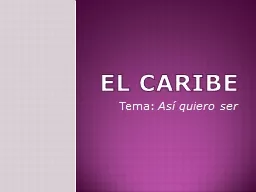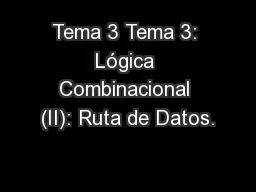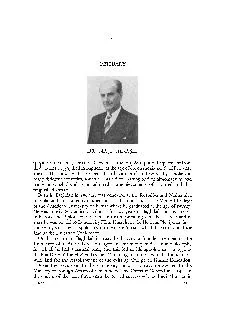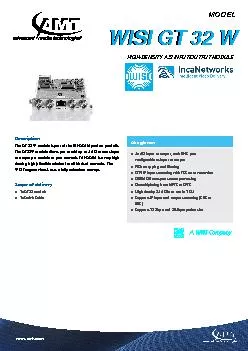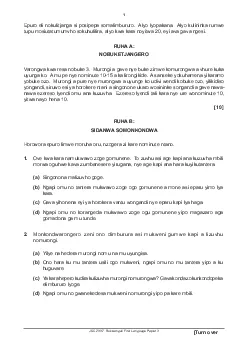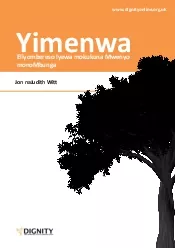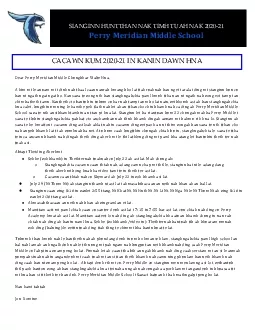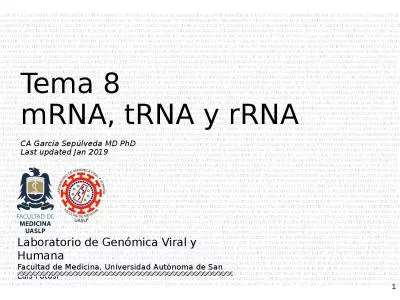PPT-El Caribe Tema : Así
Author : conchita-marotz | Published Date : 2018-12-16
quiero ser Cuáles son los países hispanohablantes en el Caribe Clima Tropical Hay dos estaciones la seca poca humedad y mucho calor y la lluviosa
Presentation Embed Code
Download Presentation
Download Presentation The PPT/PDF document "El Caribe Tema : Así" is the property of its rightful owner. Permission is granted to download and print the materials on this website for personal, non-commercial use only, and to display it on your personal computer provided you do not modify the materials and that you retain all copyright notices contained in the materials. By downloading content from our website, you accept the terms of this agreement.
El Caribe Tema : Así: Transcript
Download Rules Of Document
"El Caribe Tema : Así"The content belongs to its owner. You may download and print it for personal use, without modification, and keep all copyright notices. By downloading, you agree to these terms.
Related Documents

